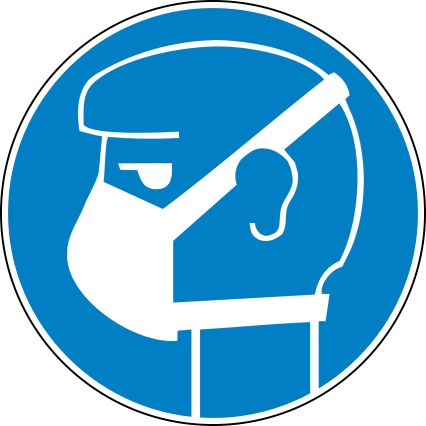Who Should Wear Respiratory Face Masks and Purchasing the Right Mask?

Health authorities around the world have been recommending the widespread use of face masks during the COVID-19 pandemic, and respiratory face masks are the ones that offer the highest level of protection. They are more effective than regular face masks containing viral transmissions and infections.
Called N95 respirators, these tight-fitting masks are available in various sizes and from different brands. While the right size is crucial for a proper fit, the brand name is not as important. The Occupational Safety and Health Act of 1970 authorized the National Institute for Occupational Safety and Health (NIOSH) to create a standard for the N95 masks, and all manufacturers adhere to that.
So, whichever brand you get, the respiratory face masks will be efficient up to 95% in filtering out microbial particles, dust, mist, fumes, gases, and other dangerous aerosols and purifying the air you breathe in.
Who should wear respiratory face masks?
The Center for Disease Control (CDC) has advised doctors, nurses, and other medical personnel to wear N95 respiratory face masks in high-risk healthcare settings. While there is still some controversy about whether the transmission of the COVID-19 virus occurs via air or through droplet contact, it is best to take the safer route and use masks that will inhibit the spread of the virus. They will protect the medical staff while they are carrying out nebulizer or intubation procedures on COVID-19 patients, and also when they are examining those suspected of having the virus.
However, although their efficacy is unquestionable, the N95 masks must be of a correct fit and worn in the right way. It can be tricky to put them on as they are thick and heavy-duty, and it can be hard to breathe through them. Healthcare workers have to get specific training in putting them on and must get accustomed to wearing them for long hours.
How to purchase the right mask?
You can buy the N95 respiratory face masks in two varieties, with valves, and without valves. While both types of respiratory face masks are equally efficient in keeping out the contaminants, you might find the ones with the external one-way valves more comfortable to wear. When you breathe out, the valve allows the warm air to escape out quickly. That will cool the mask interior, and you won’t feel too stuffy wearing it.
However, the drawback with such external one-way valves is that they don’t filter the air that you breathe out. It will escape out as it is into the surrounding atmosphere. So, if you are suffering from a viral infection, there is a strong likelihood that you will spread the virus around. For this reason, it is not advisable to wear masks with valves in sterile environments. And many medical institutions and cities have even placed a ban on them.
You will do better to get the face mask without valves, but you should carefully consider if you do need it. If you are reasonably healthy, are quarantining at home for the most part, and have been maintaining a safe distance from other people while out in public, wearing an N95 mask may not be essential.
In fact, according to the CDC guidelines, the regular public does not need to wear these heavy-duty masks. That is because, by following the stipulated public safety measures, most of us are not likely to be exposed to large amounts of viral aerosols or droplets. For us, wearing other suitable alternatives such as a surgical mask or even a bandanna may be sufficient while out and about.
Additionally, due to the pandemic, there has been a shortage of N95 respiratory face masks in markets around the world. Manufacturers are finding it problematic to produce and ship them in the required quantities to high-risk destinations. As such, the available ones should ideally go to people who need them the most, and those are the healthcare workers who have to come into close contact with COVID-19 patients.
With the N95 respiratory face masks and other personal protection equipment such as gloves, surgical masks, and visors readily available to them, the medical personnel will be better able to deal with the pandemic and help as many affected people as possible.





